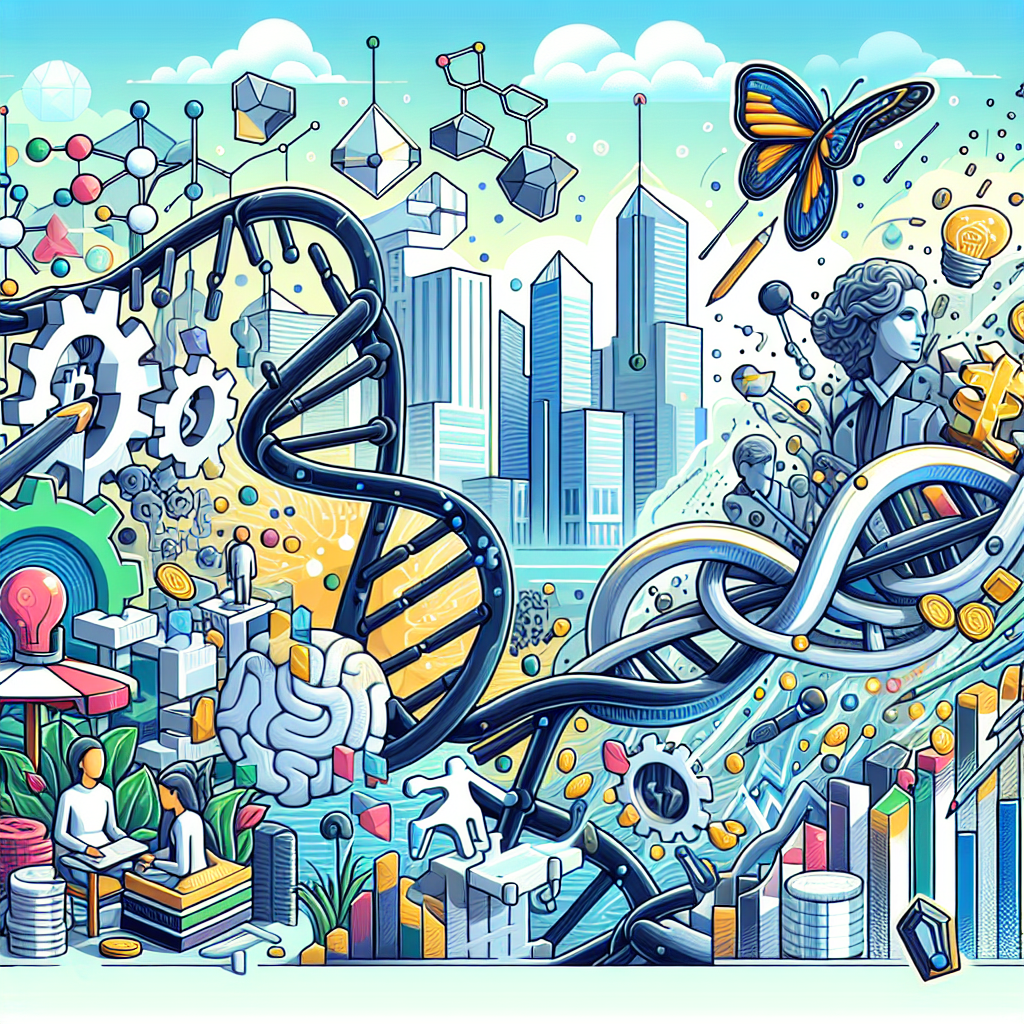Tag: Blockchain Technology
Introduction to Chain Abstraction Chain abstraction is a recent advancement in the world of cryptography that may sound ...
Tether Steps into the Realm of Tokenizing Tangible Assets In a recent announcement, Tether, the renowned issuer of ...
China is stepping up its transition towards the adoption of cryptocurrency with a significant increase in the usage ...
Introduction to AI and Crypto Artificial intelligence (AI) continues to assert its influence in the financial sector, with ...







